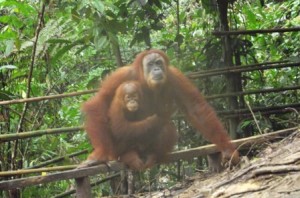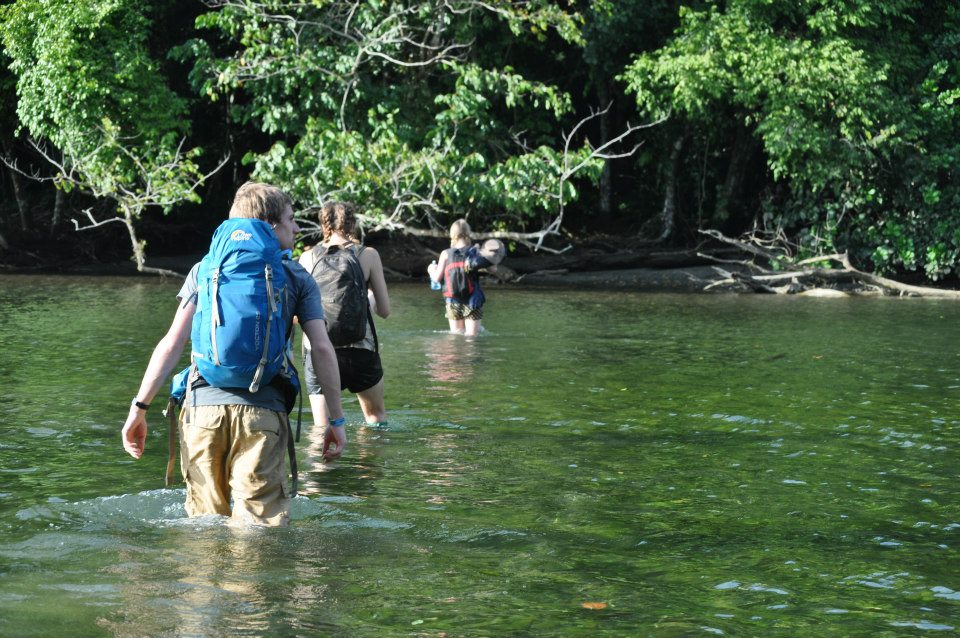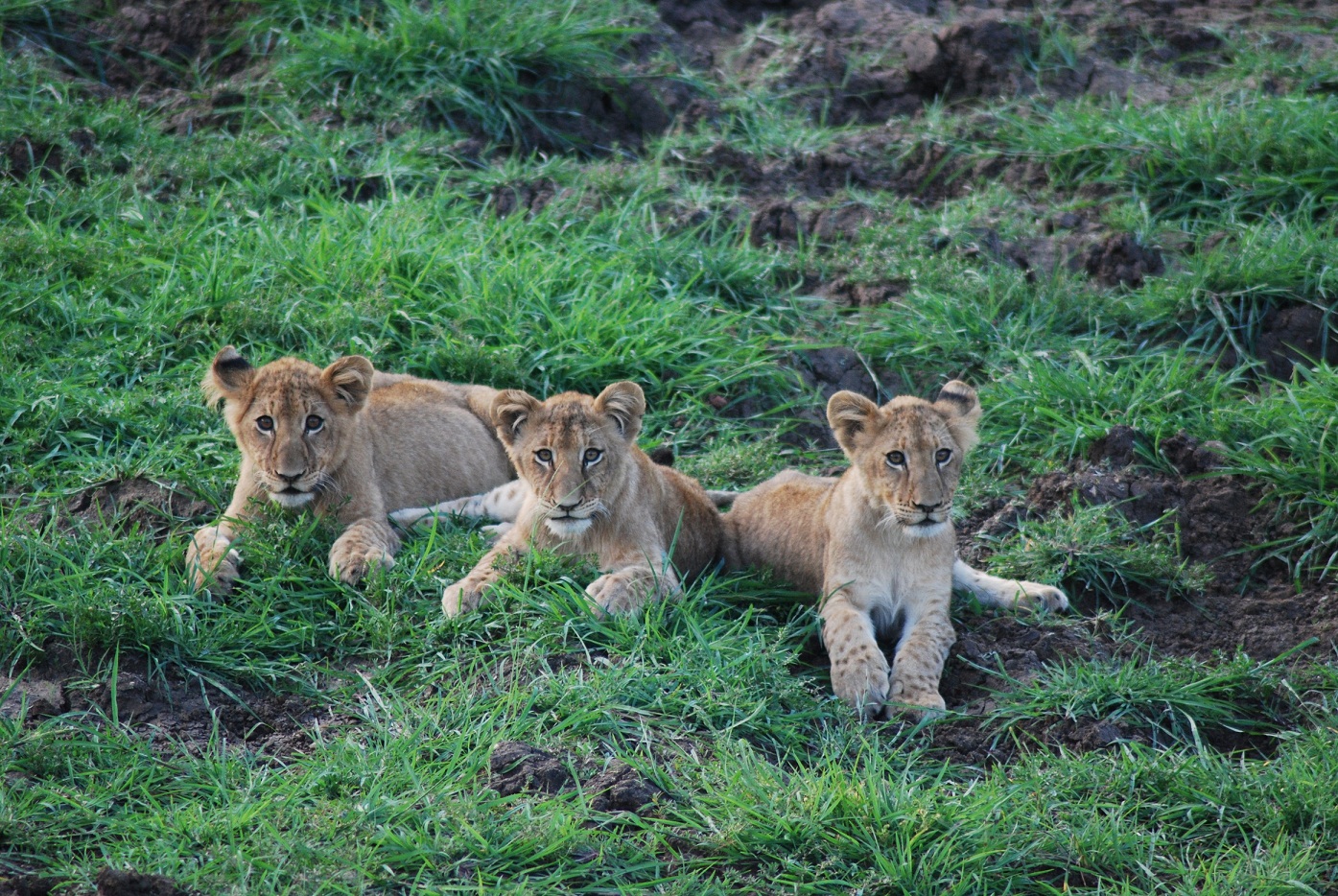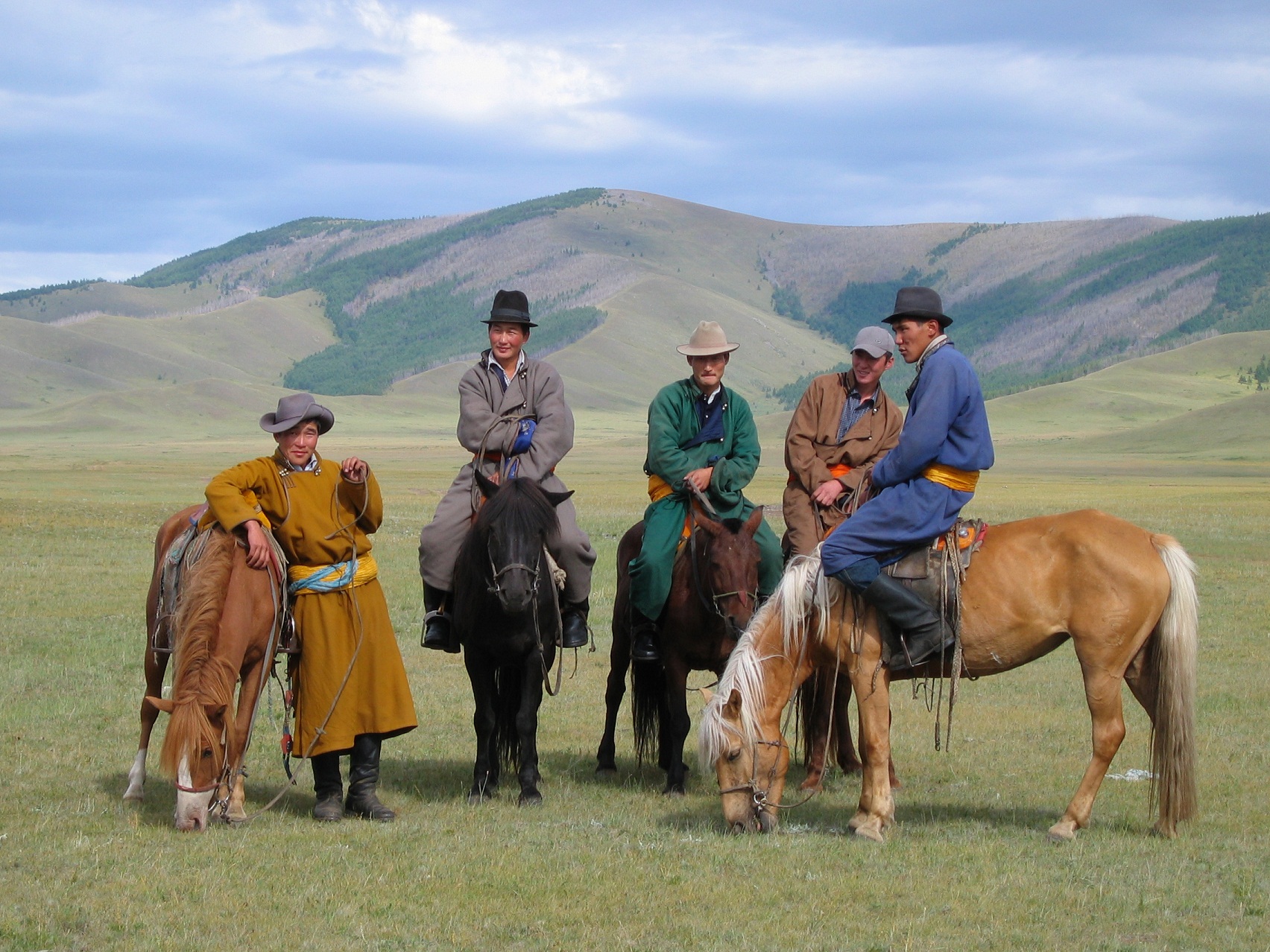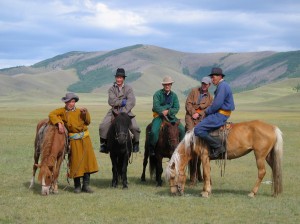Guest blogger James Bailey shares the second and final part of his diary – this time volunteering with Siyafunda Wildlife and Conservation in South Africa’s Makalali game reserve (read part one here)
[gdl_gallery title=”Makalali” width=”125″ height=”110″ ]
Monday 12th November
Week one in Africa has come and gone and it was now time to leave Lapolosa Wilderness. We were up, loaded and on our way by 06.00. The destination was to Hoedspruit where were picked up by Rangers from Siyafunda Wildlife and Conservation, a volunteer organisation that runs research on the Makalali game reserve.
There was an orientation and briefing before settling into the well-equipped camp. Had the opportunity to get to meet the other volunteers, some of whom had been there for at least a week, others much longer. The ID books came out when a small snake slithered across the porch… A good torch was handy to get from dinner back to the bedroom. This wasn’t to avoid stubbing your toe but to shine into the long grass to make sure you weren’t being watched.
Tuesday 13th November
Up at 05.30 for 06.00 drive: one of my duties for the week was to check the Nissan was road/bush worthy. When it comes to cars I know nothing so I had to pay particular attention when I was being briefed by Ranger Tamsyn. As part of the monitoring services that Siyafunda provides for the reserve we did a set route drive. Another responsibility of mine was to record all sightings and behaviour of pachyderms. Luckily this didn’t include warthogs (who technically fall into the category) there are far too many of them and I was busy enough announcing the GPS coordinates of the general game.
The great thing about having an open camp was that anything can walk through. During the afternoon we had plenty of nyala and warthogs grazing on the fresh growth created by the lawnmower.
For the general game drive that evening I set off in the trackers seat. The drive was very productive from a pachyderm perspective; a herd of ten elephants and three rhino were noted. The rhino came right at the end of the drive and blocked our road. We had to sit there in the dark until these gentle giants decided to move on.
Wednesday 14th November

Up at 05.15 for our rhino walk and headed to the northeast of the reserve in the Landcruiser. On finding some tracks (12 hours old) we
set off on foot looking for them. We tracked the rhino for about 2km before losing it in thick bush. We did a big loop around and headed back to the Landcruiser. The whole trip was about five hours, no major game to report, but we did see a boomslang in a tree.
On our return, a leopard relocation team had arrived to trap a leopard that had become too familiar with the camp – it had already taken the resident tabby! They set up a trap behind the common room next to the volley ball court and baited it with an impala caracas.
A great game drive this evening, we spent one and a half hours watching a lioness and her four cubs. Afterwards I played my part in cooking dinner. The whole African experience is having such a profound effect on me, it’s simply making me very happy.
Thursday 15th November
Up at 06.00 and we were taken out to clear a road, I got the tracker seat which is such a great experience, it certainly wakes you up first thing in the morning. We spent the best part of three and a half hours chopping down trees and bushes, lots of knob thorn which made the job particularly hard and painful.
The evening game drive featured only general game. That was until we came across a lioness walking up the road with purpose. She was definitely heading to camp with the not-so-discreet smell of the dead impala guiding her in.
When she reached the clearing she saw the grazing giraffe, wildebeest and zebra – a sight you’d expect on a documentary. She watched them for a good ten minutes before stealthly moving into the thick bush. The game headed from the clearing into the bush but then suddenly came thundering back out having wandered into the path of the lion! Five minutes later all hell broke loose with the lioness launching into the mixed herd. With the hunt right behind the camp it made it very real that were living amongst wild and dangerous animals.
Friday 15th November
Headed off a 06.00 for our morning game drive to monitor buffalo which we located using telemetry. We watched them, and warthogs,

in the dam for a while before driving on, during which we saw a rhino and calf as well as some good sightings of kudo.
The evening game drive was pretty uneventful but we did see a bull elephant. I spent the whole drive in the trackers seat which was a bit over-the-top for a 3.5 hour stint.
The first group had arrived at our make shift camp site about an hour before us and had got a couple of fires going. They’d chosen a dry sandy river bed. We were given our instructions – go to the toilet in pairs and we’d each have to do two hours sentry duty. However, it never got to that: after our dinner there was a big thunderstorm, one load went home early as with no tents they didn’t fancy getting a good soaking. We followed them about thirty minutes later with the lightning getting very close.
Saturday 16th November
Up at 06.00 – which was a lie-in. Today we were working close to camp on erosion control. This involved shifting trees and bushes that had been cut down to create a clearing to attract plains animals such as white rhino and cheetah. This was all moved down the road to bush pack an area that had previously been eroded. The day was hot, perhaps our hottest at 37 degrees centigrade. I spent most of the day in shady spots around camp chatting and trying to recover from the early morning dehydration and too much sun.
We went out for a short game drive in the evening, under three hours. Didn’t see any high profile game, certainly none that I needed to write up. One highlight of the drive was taking a look around a delapitated lodge which meant I spent the rest of the drive day-dreaming about restoring it to its former glory. A quick change when we got back and then off to a neighbouring reserve, Mahalla, where they run a bar every Saturday night if they’re not too busy with guests.
Sunday 17th November
Adam took a group into town to visit the reptile park, on the way out, about 100m from the gate there were two female lions sitting alongside their wildebeast kill.
On our return we stopped at the kill, the lions looked stuffed, the two of them were big bellied and panting. Arrived back at basecamp but very jealous of those we’d left behind – they had two bull elephants visit the garden!
That night I stayed up into the early hours talking in the dark and listening to the night. We had a lion roaring to the left and a hyena to the right. Awesome listening to them but the lion was definitely getting closer. With the dead impala stinking in the leopard trap we thought there was a good chance that the lion was making a bee-line straight for us. We made a controlled but not very dignified exit back to our rooms.
Monday 19th November
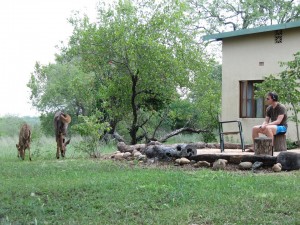 Up at about 06.30 desperate not to waste any of the last day in bed. We sat around drinking tea and eating rusks until it was time to go. We passed the kill spot but nothing left from yesterday, the whole carcasse was gone in less than 24 hours.
Up at about 06.30 desperate not to waste any of the last day in bed. We sat around drinking tea and eating rusks until it was time to go. We passed the kill spot but nothing left from yesterday, the whole carcasse was gone in less than 24 hours.
The long journey home gave me plenty of time to reflect on my trip. I’ve had a truly great experience in Africa. Whilst I’ve been many times before, this trip has been different. I think it’s the hands on practical experience. It is hard work but I love the daily routine of getting up with the sun at 05.30 and going to bed at 20.00/21.00. The major event of the night being dinner which is an actual social event rather than something spent in front of the telly. The people you’re with are all like-minded and a pleasure to spend time with, they all have their own very distinct personalities and experiences.
I always felt safe in the bush but there are moments when you realise how dangerous things are and you can’t become complacent. Whilst it’s exhilarating you must know the boundaries and respect the animals. Meeting Adam (Australian) and Tamsyn (English) who had both taken a year or two out to study as professional guides has made me think seriously about doing something similar. There’s a very good chance I’ll return to Africa in the not too distant future.
If you missed Part 1 of James Bailey’s volunteer’s diary – read it here
Booking: James’ Siyafunda Wildlife and Conservation project trip was booked via Enkosini, a registered South African trust and a non-profit conservation project of The Lion Foundation. Enkosini works locally and internationally to encourage and promote a positive attitude towards wildlife and to insitute conservation-based employment. They believe that education and collaboration with the local community are keys to conservation.
For booking and further details of all their volunteering projects, visit www.enkosini.com (E: info@enkosini.com, T: +1.206.604.2664)

About the author: A Yorkshireman who lives in London but pines for Africa. Zoo advocate with habitat protection the ultimate, and don’t get me started on climate change nay sayers. Lets off steam through running, cricket and rugby.
Follow James on Twitter via @jhcbailey
[google-map-v3 width=”750″ height=”350″ zoom=”12″ maptype=”roadmap” mapalign=”center” directionhint=”false” language=”default” poweredby=”false” maptypecontrol=”true” pancontrol=”true” zoomcontrol=”true” scalecontrol=”true” streetviewcontrol=”true” scrollwheelcontrol=”false” draggable=”true” tiltfourtyfive=”false” addmarkermashupbubble=”false” addmarkermashupbubble=”false” addmarkerlist=”Hoedspruit, South Africa{}animal-shelter-export.png{}wildlife monitoring in Makalali” bubbleautopan=”true” showbike=”false” showtraffic=”false” showpanoramio=”false”]


















